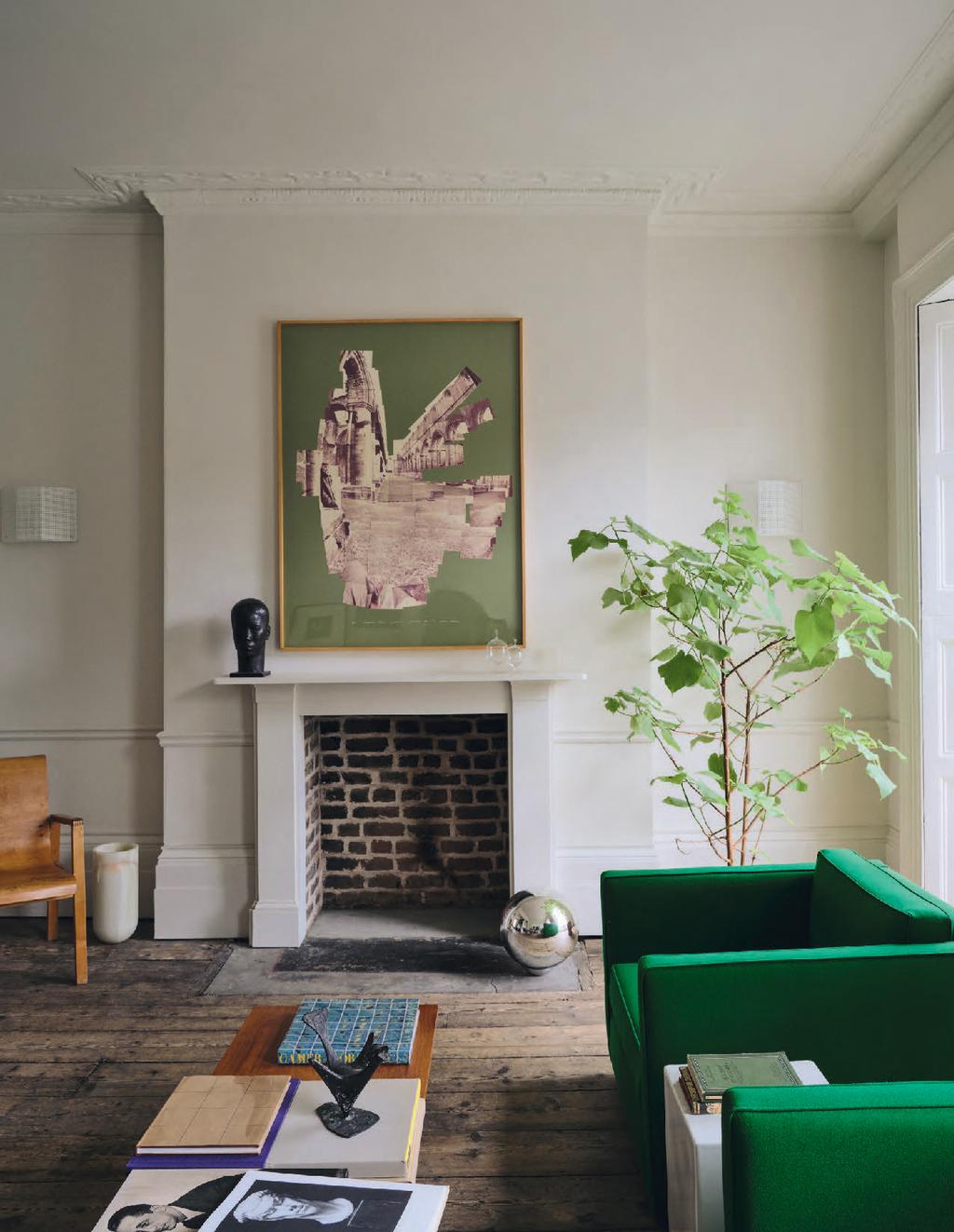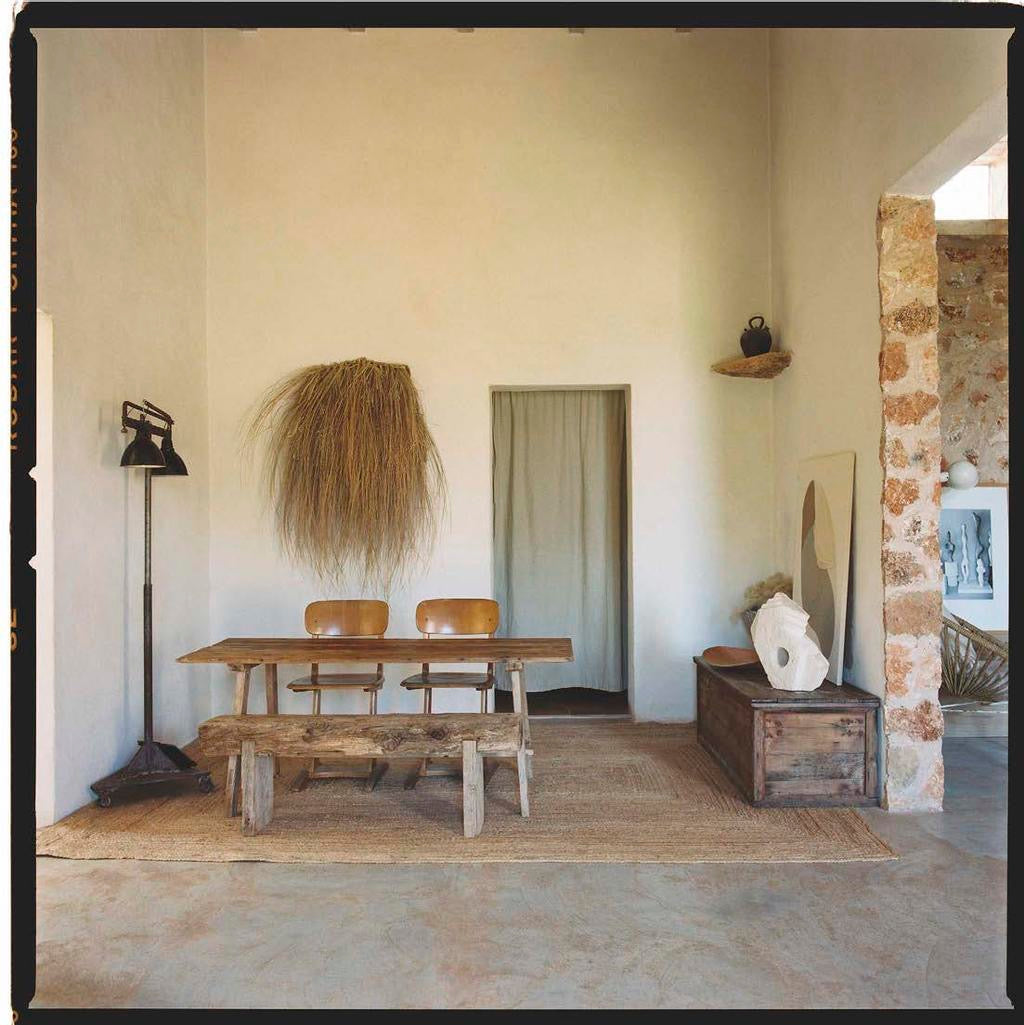Style Spotlight: John Saladino

When I think of John Saladino's work, I think of a classic, easygoing graciousness. I'm certainly not thinking Studio 54. It's come as a delightful surprise then to find, in these rare images of his 1971 Manhattan apartment, the designer's take on the disco era. A far cry from the look he's known for today, it's amazing to see the breadth and facility of his vision. With the same eye for scale and proportion we see throughout his later work, Saladino's swank Beekman Place pad is at once classically Saladino, and yet again, something else entirely.
Absent of the more rustic, romantic turns for which he's known, the apartment is defined by a sleek, Halston-esque modernism. Yet, with its spare opulence and feeling of understated luxury, one can sense the early workings of the young designer's ethos. I love all the fabulously '70s features abundant throughout the space he then shared with his wife, Virginia, and newborn. The sunken living room, for one thing, with its wall-to-wall carpeting and inset strip lighting has a sexy, if deliciously kitsch appeal.

Gutting the place entirely, Saladino renovated the apartment in the International style and, counter to convention at the time, juxtaposed its smooth, minimalist lines with antiques from different periods and cultures. Maverick from the start, the sensibility Saladino pioneered continues to remain surprising and fresh. I believe it is his unfailing commitment to simple geometries that allows him to make such bold and daring statements of contrast. A sense of rhythm pervades on the level of both texture and scale, and in this way Saladino harmonizes the inherent tensions of his materials.

And what materials they are. The paneled doors wrapped in padded raw silk, sumptuous modular leather sofas and space agey aluminum Rothko-like paintings are Saladino's own creations. Offset by orb-shaped Danish wicker chairs and a rare celadon Ziegler Sultanabad carpet, the living area has a spacious, zen-like feeling. Elsewhere, collections of clean-edged pieces complement the repetition of luxurious oyster tones. Massive fur throws, plush café-au-lait carpeting, woven Indian ottomans, and grisaille Renaissance etchings create all together a polished and peaceful effect.

Details aside, there's something absolutely thrilling to me about the chance to peer into the early imaginings of so unique and iconic a designer. One can see continuities and departures, trials and revisions. One can see, in essence, the spirit of a vision at work. I think that as concerns matters of style, we stand to remember that we needn't limit ourselves to any one particular "look" per se. Rather, by allowing our creative intuition to take over, we can explore and even radically reinvent our preferences, time and time again.
Photo: Graham Saladino for Frederic Magazine


